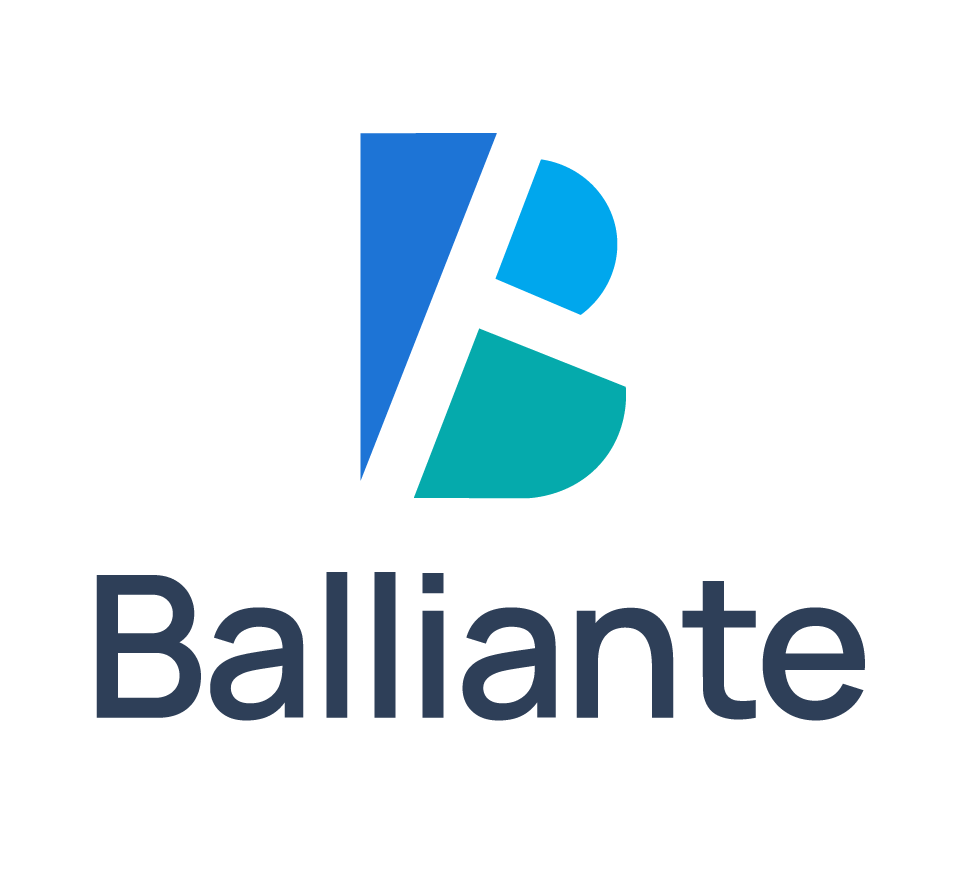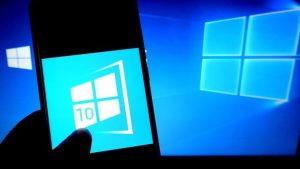The current edition of Windows 10, which will be published in 2022, will be the last iteration of this cherished operating system, according to a historic revelation from Microsoft. This choice ushers in a new era of computers and marks a pivotal step in Microsoft’s strategy. The motivations behind this choice, its effects on consumers and businesses, and what lies ahead for Microsoft and its operating systems will all be covered in this blog post.
The Evolution of Windows 10:
Windows 10 has been a flagship product for Microsoft ever since its debut in 2015. also combined the greatest characteristics of its predecessors, Windows 7 and Windows 8, and also brought a number of new features and improvements. Windows 10 quickly became a favourite among users all around the world thanks to its user-friendly interface, improved security, and ongoing updates. But as technology is constantly evolving, Microsoft has realised the necessity for a new strategy.
The Transition to Windows 11:
Because Windows 11 has been released, Microsoft has decided to discontinue Windows 10 with the 2022 version. Building on Windows 10’s basis, Windows 11 promises to provide a more streamlined, contemporary, and secure computing experience. Windows 11 promises to satisfy the changing needs of users in an increasingly digital environment with an aesthetically pleasing design, improved performance, and a focus on productivity.
Implications for Users and Businesses:
The switch to Windows 11 is exciting for current Windows 10 users, but it also raises a few questions. Users will have the choice to upgrade to Windows 11 in order to benefit from its new features and optimisations, even though Windows 10 will continue to receive support and updates until it reaches the end of its service cycle in 2025. Before upgrading to Windows 11, users should make sure that their hardware and applications meet the system requirements.
Businesses in particular need to properly prepare their migration to Windows 11. In order to facilitate a smooth move, Microsoft has reassured businesses that they would receive assistance, including long-term servicing options. Businesses now have a chance to review their IT systems, security protocols, and application compatibility in order to keep up with the most recent developments in the Windows ecosystem.
Looking Ahead:
An important turning point in Microsoft’s journey has been reached with the introduction of Windows 10’s final version. It symbolises the company’s dedication to innovation and adaptation, as well as its resolve to give people the finest computing experience possible. By utilising developments in cloud computing, gaming, and collaboration features, Windows 11 is poised to open up a new world of opportunities.
Additionally, Microsoft’s choice to make Windows 11 its main operating system demonstrates its commitment to a future where devices, services, and ecosystems seamlessly integrate to give consumers across various platforms more power.
Switching to Windows 11 has so many advantages:
Performance improvement
Windows 11 is a no-brainer for businesses searching for quicker and more effective technology because it has been built to maximise efficiency and performance across all types of devices.
Increased user satisfaction
The userinterface has been modernised and updated, making it simpler to use and configure.
Stronger security
Microsoft’s most cutting-edge security technologies are included in Windows 11, making it more difficult for hackers to infiltrate your PC.
Improved integration of cloud services
Windows 11 gives you access to a range of cloud-based services, making it easier to collaborate with other team members and enhance your business’ productivity.
If you’re still hesitant about upgrading, keep in mind that Microsoft will eventually stop releasing security updates for Windows 10. We’re expecting it to be in late 2025. This means staying with Windows 10 for too long could put your business at risk of security threats.
The sooner you upgrade, the better your protection against these threats, and the more significant the benefits you’ll be able to reap from Windows 11.
Like any big project, making the move to Windows 11 needs to be planned and implemented properly. Your hardware needs to meet certain requirements and, of course, you’ll need to make sure it’s done without affecting day to day operations.
Conclusion:
As we say goodbye to Windows 10, we honour its outstanding contributions to the computing industry. A new chapter begins with Windows 11 when Windows 10 is finally released in 2022, marking the end of an era. Microsoft’s dedication to innovation and customer happiness will support a more sophisticated and immersive computing experience for both users and enterprises. The prospects for Windows in the future are promising, and we excitedly look forward to what Windows 11 will bring.
If you’d like help making the transition with as little disruption as possible, get in touch.

